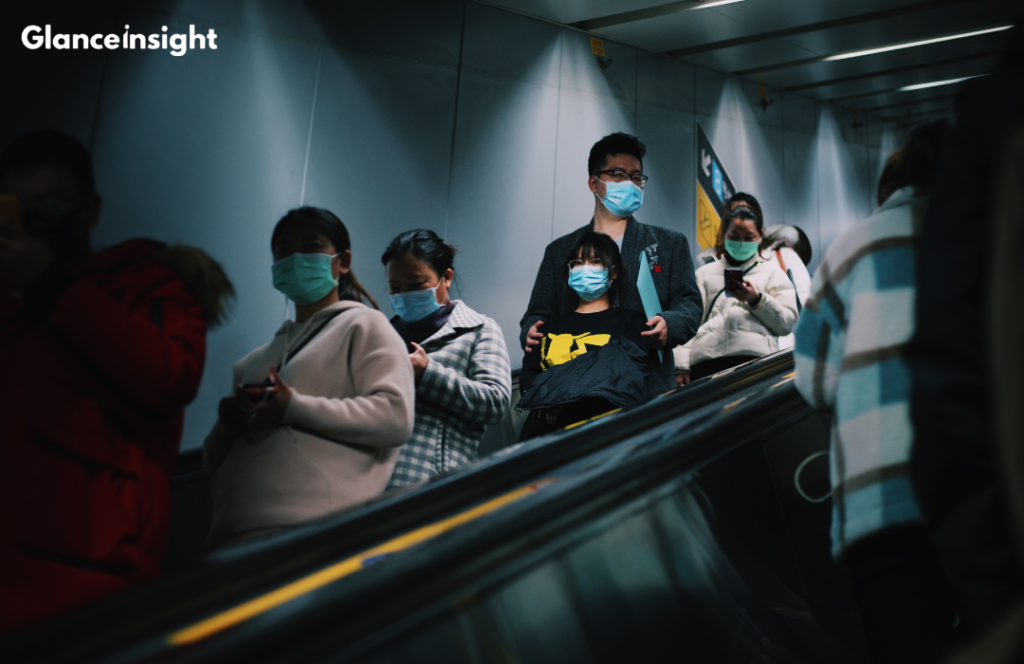Summary
Human metapneumovirus (HMPV) is one of the respiratory viruses that causes mild respiratory illnesses to severe ones such as pneumonia and bronchiolitis. There is one way to withstand it—to recognize its symptoms and avoid aggravating factors wherever possible.
Universal precaution measures such as provision of a decontamination chamber, wearing of a mask, early diagnosis of the virus and regulation of symptoms are key to controlling the virus.
Recently, 8 HMPV cases have been reported in India. It is important to stay aware and cautious. In this insight, I will provide an overview of symptoms and treatment of HMPV.
High-Risk Groups for HMPV

Young Children: Little children, such as babies and toddlers, will commonly experience severe lung infections like bronchiolitis and pneumonia.
Older Adults: Age of 65 years and above or those having other chronic lung conditions, for instance, asthma, are most vulnerable to worse outcomes.
Pregnant Women: HMPV during pregnancy may lead to some form of respiratory illness and might have some effects on the mother.
Immunocompromised Individuals: Patients with compromised immunity, the situation such as HIV or patients undergoing chemotherapy, are prone to severe illness.
Major Symptoms of HMPV
| Category | Symptoms |
| In Adults | – Chronic cough, may be with sputum |
| – Stertumn or running nose | |
| – Mild to moderate fever | |
| – Tiredness and body malaise | |
| – Sore throat | |
| – Dyspnea (in the most severe cases) | |
| In Children | – Shortness of breath or difficulty breathing |
| – Wheezing and continuing cough | |
| – High fever | |
| – Inadequate dietary intake (e.g., insufficient nutrients or water in babies and toddlers) |
How Does HMPV Spread?
HMPV is highly contagious and spreads in multiple ways.
Respiratory Droplets: Some of the avenues of transmission include through saliva, sputum or even uttering a word and thereby spreading virus particles into the surrounding area.
Direct Contact: When a person gets in contact with an infected person or objects and then proceeds to touch the face, they become infected.
Surface contamination: HMPV can remain on objects such as door handles and mobile phones; hence, the likelihood of passing from one individual to the other is high.
Airborne Particles: The virus is able to float in the air and could survive in poorly ventilated places for long and increase chances of spreading.
How Is HMPV Detected ?
Since HMPV shares symptoms with other respiratory infections, a precise diagnosis typically requires laboratory tests:
- HMPV PCR Test
- Rapid antigen tests
- Bronchoscopy
Treatment Options for HMPV
At present, there is no antiviral drug to treat HMPV and other respiratory viruses because of the unavailability of antiviral drugs to treat them.
The management of this condition mainly employs measures used in treating the symptoms and risks related to this condition.
- Rest and Hydration
- Over-the-Counter Medications
- Oxygen Therapy
Recent Outbreaks in China
The public is relatively more aware of HMPV and its possibilities as a severe sickness for certain populations after an HMPV outbreak in China. Nine of the cases and seven of the hospitalizations came from children under the age of 14, most of whom developed serious symptoms. These included normal flu symptoms such as coughs and fever and severe flu like bronchiolitis and pneumonia.
Similar to other respiratory infections, it has symptoms that make early diagnosis and treatment difficult. In response, Chinese health authorities have called for preventive measures such as washing of hands, wearing masks and getting tested early.
Prevention of HMPV
As no vaccine is currently available for HMPV, prevention primarily revolves around minimizing exposure and following good hygiene practices:
- Good Hygiene
- Avoid Close Contact
- Disinfect Surfaces
- Wear Masks.
- Isolate When Sick
Stay safe, stay informed, and take action to prevent the spread of HMPV today!



